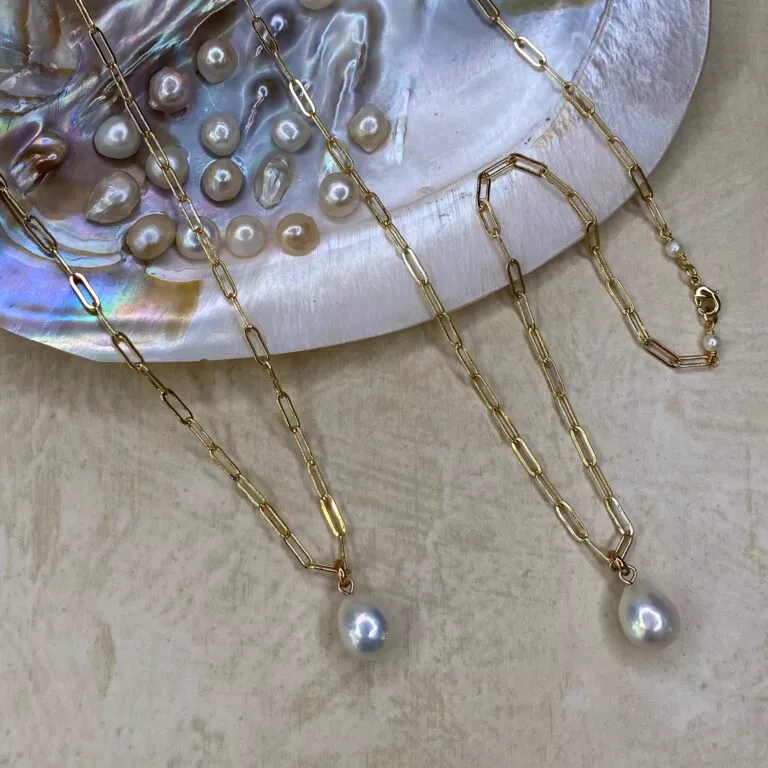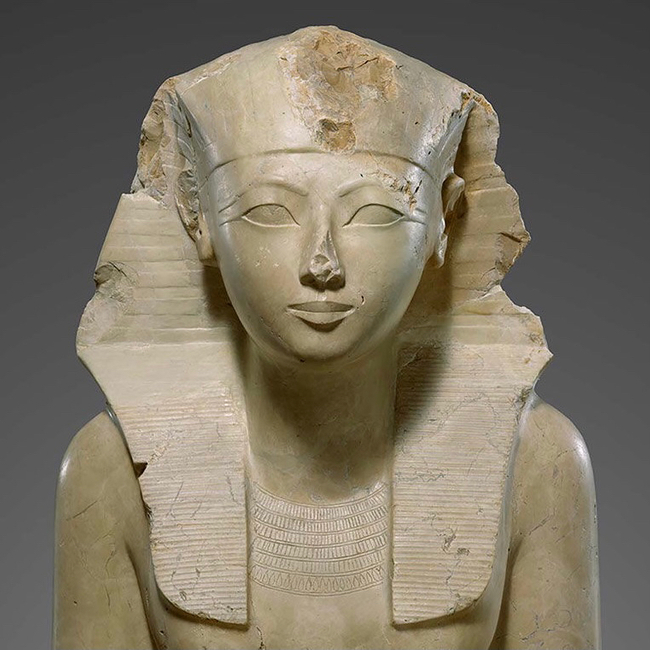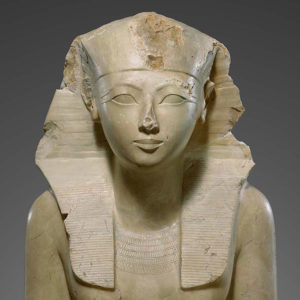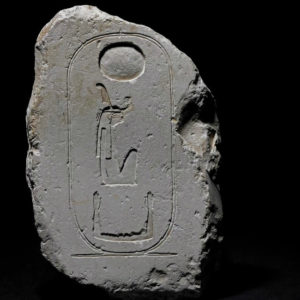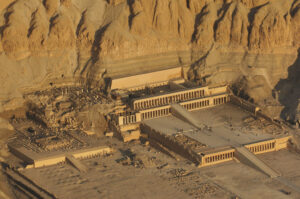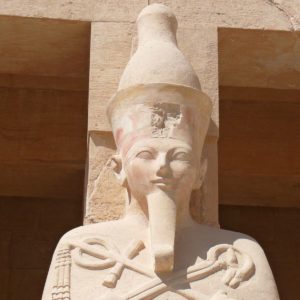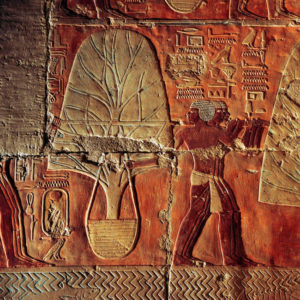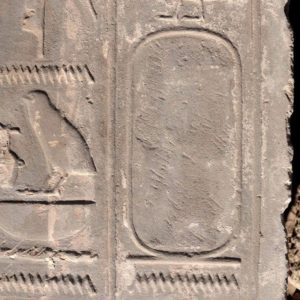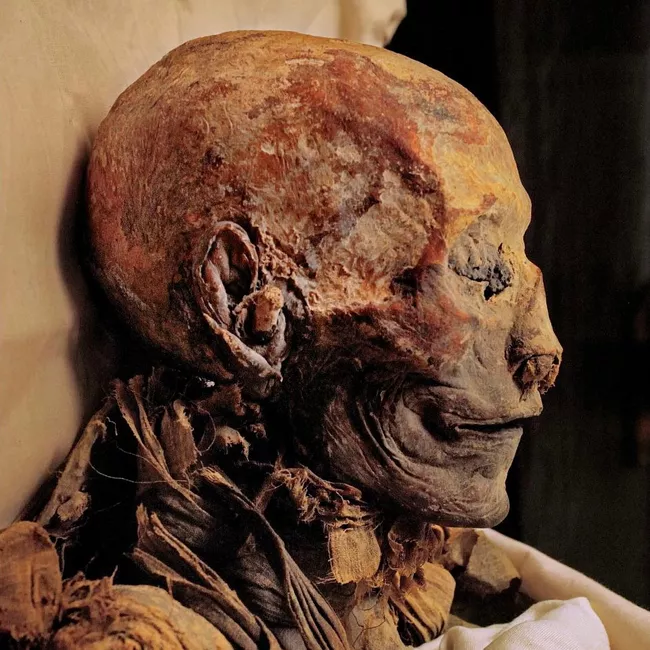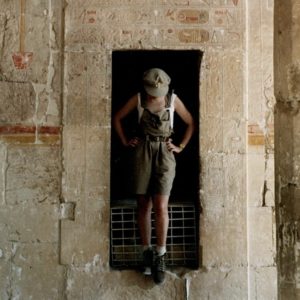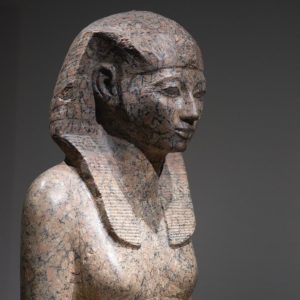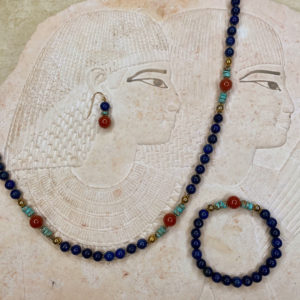Hatshepsut
Hatshepsut, the extraordinary 18th Dynasty woman who ruled Egypt from approx. 1479 to 1458 BC and famous for having the audacity to portray herself as a man
Hatshepsut was the daughter of pharaoh Thutmose I who also had a son by another queen and this son, Thutmose II, inherited the crown. Adhering to a common method of fortifying the royal lineage, which ran through the female line, Thutmose II and Hatshepsut married. They produced one daughter but Thutmose also had a boy, the royal heir, with another minor royal wife
Thutmose II did not reign for long and when he died, Thutmose III was still a young boy so Hatshepsut assumed effective control as the young pharaoh’s queen regent. At first, she acted on her stepson’s behalf but after just a few years she assumed the role of “king” of Egypt. Her stepson was relegated to second-in-command and Hatshepsut proceeded to rule for 21 extraordinary years during which she depicted herself solely as a male king, without any female traits
Hatshepsut’s reign was peaceful and she organised a trade expedition to the land of Punt (Somalia) where many goods were bought, most notably frankincense and myrrh trees. Hatshepsut commemorated this expedition in relief in her mortuary temple on the West Bank of the Nile, at Deir el Bahri, across from modern day Luxor. This monument is her most spectacular achievement and with its 3 tiers, its spacious terraces, its now vanished sphinx-lined causeway, papyrus pools and shade casting myrrh trees, Djeser Djeseru is among the most glorious temples ever built
After her death, her stepson Thutmose III went on to become one of the great pharaohs in Egyptian history who sadly thought it necessary to wipe his stepmother out of history by erasing her name from all the monuments and public memorials
Her mummy rests in The Cairo Museum

